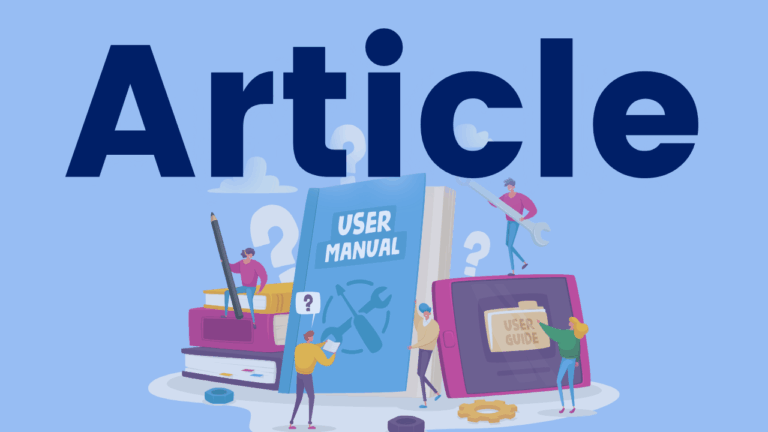Implementing Structured Literacy In the Classroom-Part 3: Putting it Together
Third webinar in the IDA Ontario structured literacy in kindergarten series.

Third webinar in the IDA Ontario structured literacy in kindergarten series.

In this article from the International Dyslexia Association, Al Otaiba et al. emphasize the significance of evidence-based systematic and explicit instruction. They outline the typical process through which students grasp the alphabetic principle (the concept that words consist of distinct sounds). They also provide explanations of blending and segmenting instruction, accompanied by sample activities. The article also furnishes teachers with resources for explicit and systematic reading instruction as well as examples of explicit and systematic programs for teaching phonemic awareness and phonics.

In this podcast interview with Kate Winn and Dr. Sonia Cabell, the focus is on the importance of early language and literacy development. Dr. Cabell highlights key considerations for instruction in several areas: oral language and conversation, alphabetics, writing and spelling, and building knowledge.

In this episode of the popular Reading Road Trip podcast, Dr. Holly Lane, the Director of the University of Florida Literacy Institute (UFLI), unpacks key considerations for teaching foundational reading and writing skills.

In this podcast episode, Lindsay Kemeny highlights the “7 Mighty Moves” she made to align her early literacy instruction with research. Moves include teaching phonemic awareness with intention, teaching phonics explicitly and systematically, teaching decoding strategies, using decodable texts for beginning readers, encouraging more decoding of high-frequency words, providing meaningful fluency practice, and embracing vocabulary and knowledge instruction to support comprehension.

Structured Literacy Interventions is an anthology of chapters written by many well-known names in reading science, including Louise Moats, Devin Kearns and Louise Spear-Swerling who also edited the book. Chapters cover a wide range of possible areas of reading difficulty, including phonemic awareness & word recognition, spelling, fluency, vocabulary, oral language comprehension, reading comprehension and written expression. The title supports Strands B (Foundations of Language), C (Comprehension) and D (Composition) of the Language curriculum. Each chapter offers research-based background and practical applications for educators working with struggling students. The book includes lesson plans and application activities, and is perfect for special education and intervention teachers, but also helpful for classroom educators looking to intensify instruction for struggling students.

Put Reading First is a comprehensive guide to evidence-based reading instruction. Intended for educators and administrators, this guide aims to improve reading outcomes for children in the early grades.Chapter 1 provides an overview of the essential components of effective reading instruction, such as phonemic awareness, phonics, fluency, vocabulary, and comprehension. Chapter 2 focuses on the critical early stages of reading development, emphasizing the importance of explicit instruction in phonological awareness and phonics.Chapter 3 highlights the significance of developing automaticity and prosody in reading to enhance comprehension.Chapter 4 delves into the importance of vocabulary, teaching word meanings and strategies to foster word learning.Chapter 5 explains techniques for enhancing understanding, including active engagement, monitoring, and metacognition.Practical strategies for classroom instruction include using explicit and systematic phonics lessons, providing ample opportunities for guided oral reading, incorporating vocabulary-building activities, and promoting meaningful discussions to enhance comprehension.